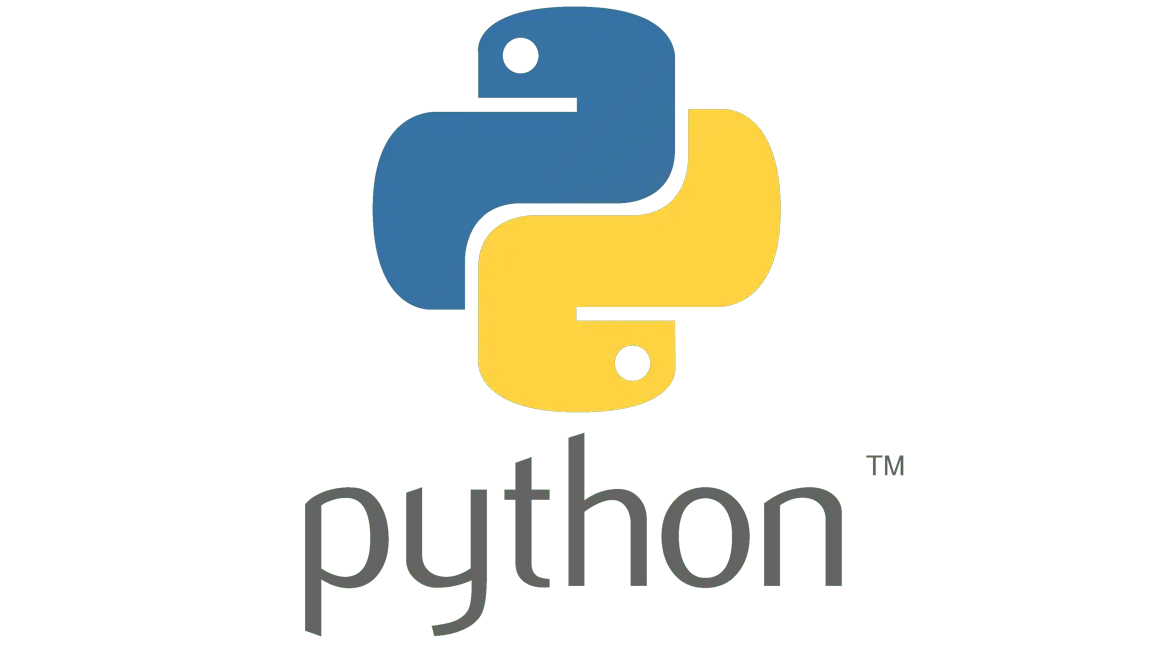Python Developers Jobs
1. What is Python?
Python is a high-level, object-oriented programming language that is interpreted with dynamic semantics. The high level is built into data structures, combined with dynamic typing and dynamic binding, making it very attractive for rapid application development, and using it as a scripting language or glue to connect existing components. Python's simple syntax emphasizes readability and thus reduces program maintenance costs. Python supports modules and packages and encourages modular programming and code reuse. The Python interpreter and extensive open-source standard libraries are available in source or binary form for all major platforms and can be freely distributed.
Typically, programmers prefer Python for the productivity it delivers. Since there is no compile step, the edit-test-debug cycle is extremely fast. Debugging Python programs is easy: a bug or bad input will never cause a segmentation fault. Instead, when the interpreter encounters an error, it will raise an exception. When the program doesn't catch the exception, the interpreter will print a stack trace. Source-level debuggers allow inspecting local and global variables, evaluating arbitrary expressions, setting breakpoints, single-stepping through code line by line, etc. The debugger is written in Python itself, validating Python's power as a scripting language. On the other hand, often the quickest way to debug a program is to add a few print statements to the source code: the fast edit-test-debug cycle makes this simple approach very effective

2. What will a Python developer do?
The work of a Python Developer may include collecting and analyzing data to help provide deep insights for important decision-makers. They frequently use the Python programming language for tasks like web development, scripting, web scraping, data analysis, and automation. They can help design frameworks for new code, build new tools, publish new services, or create websites.
Python is used for automation because it is simple to write and port code to similar projects. Scripting relates to creating small programs to perform repetitive tasks which can help data analysts eliminate boring work. Python is not only useful for automation tasks but it can also be used for things like web development.
Because Python is as simple as a programming language, it is often used to build scripts to deploy, manage automation processes, clean data, or move data around. They can create solutions that others can easily understand and implement. Python shines due to its ability to automate their scripts into a sequence of commands. Whatever the task at hand, Python can help get the job done.
Python is a great starting point if you want to learn to write code. With Python, you can find opportunities in web development, data science, machine learning, AI, web scraping, and more. It is a flexible language with endless potential to impact industries everywhere.

3. Why is Python a popular language?
Python is used in web development, machine learning, AI, scientific computing, and academic research. Its popularity can be credited to the growing data science community including artificial intelligence and machine learning. Industries like education, healthcare, and finance use machine learning applications to innovate their organizations.
Python is widely used by companies such as Google, Netflix, Facebook, Pinterest, Spotify, Dropbox, etc. Spotify uses Python in its support services, collecting user data to provide accurate recommendations and playlists. Dropbox, one of the largest cloud-based storage platforms, uses a lot of Python to power its services. Dropbox uses Python scripts to build its native apps on each platform (Windows, macOS, Linux, iOS, Android, etc.)
With these many capabilities, there must be great opportunities for ambitious data scientists, mustn't there? Because Python is easy to learn as a first language and especially if you have an interest in machine learning or deploying scripts, this is a vital skill to learn.
4. Roles of a Python Developer as Summarized by Aniday
A Python developer will code, design, and deploy applications. Moreover, this person is often required to fix bugs, build integrable systems, etc. The role and responsibilities of a Python Developer depend on the job profile, vertical industry, or work experience. Therefore, it is important to clarify roles and responsibilities according to different types. Below are the roles and responsibilities of a Python Developer based on job profiles:
Python web developer
-
Write server-side logic
-
Work on web frameworks
-
Coordinate with the design team to collect end-user requirements
-
Develop server-side platform
-
Deploy applications
-
Perform optimizations, usability enhancements, improvements, and automation
-
Write reusable code, etc
Software Engineer
-
Develop and maintain software
-
Write and test code
-
Integrate applications with third-party services
-
Perform debugging
-
Implement security solutions
-
Enhance functionalities
-
Evaluate feature modification requirements
-
Provide technical solutions
-
Coordinate with internal teams and more
Automation Testing Engineer
-
Work on Python testing frameworks including Pytest, PyUnit, Behave, etc.
-
Perform complex system testing
-
Resolve code bugs
-
Create testing scripts
-
Design automation frameworks
-
Perform A/B testing
-
Coordinate with the development team, etc.
Machine Learning Engineer
-
Perform statistical data analysis
-
Operationalize Machine Learning (ML) models
-
Research and transform data science paradigms
-
Research and implement suitable ML algorithms and tools
-
Design ML systems
-
Develop ML applications
-
Perform ML testing
-
Tune algorithms based on testing results
-
Train and adjust ML systems when needed
-
Extend existing ML libraries
-
Always keep updated with the latest ML trends








